Today’s post was written by artistic and intrepid couple, Esther Siegel and Spencer Brewer. They have discovered a unique secret to keeping the retirement blues away … Assemblage art! Enjoy, darling.
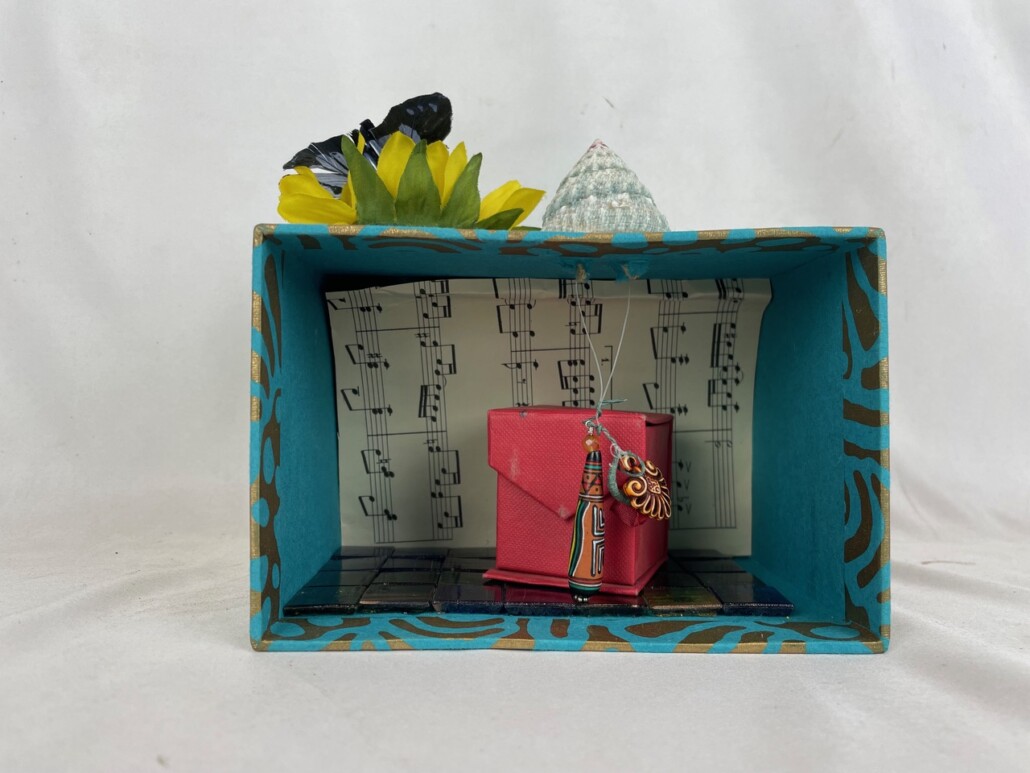
The joy and freedom of one’s retirement years can often come at the cost of a reduced sense of purpose and meaning causing the retirement blues. Without a cultivation of passions and hobbies outside of work and family, one might find themselves wondering: how can I bring joy, be creative and satisfy my need to continually learn and grow? And have fun while doing it!
We — Esther Siegel and Spencer Brewer — stumbled upon a solution that chases away the blues and sparkles creativity and wonder. It comes with the bonus side-effect of helping us declutter and transform old objects into something new.
Making assemblage art with found objects
You may be wondering, “what is assemblage art?” We didn’t know, either, until we were already doing it. This happened coincidentally, as an outgrowth of our shared interest in creativity and art. Esther had always enjoyed scrapbooking and making creative greeting cards. Spencer, who had some formal art training, was making weird birdhouses and musical sculptures from found objects and instruments he collected over the years while in the music industry.
We enjoyed the scavenger hunt experiences going to garage sales and thrift stores. Soon we began collecting unique and unusual ‘found’ or recycled objects. Little by little, these things grew into a large ‘collection of found objects’ in our barn. This process embodies the junk into art aesthetic, as we transformed discarded or everyday items into creative artworks that challenge traditional ideas of beauty and value. With all these ‘artifacts’ it seemed a natural progression to connect objects that were never originally meant to go together. Then make something new and different. It happened quite naturally, as we started creating individual art pieces side by side, as well as art pieces together.
Finding meaning in creation
This art form we found out was called assemblage art. It is the subject of our new book, Lost & Found: Assemblage Artists of Northern California. Little did we know how much joy and meaning it would bring, especially as we transitioned away from our full-time careers.
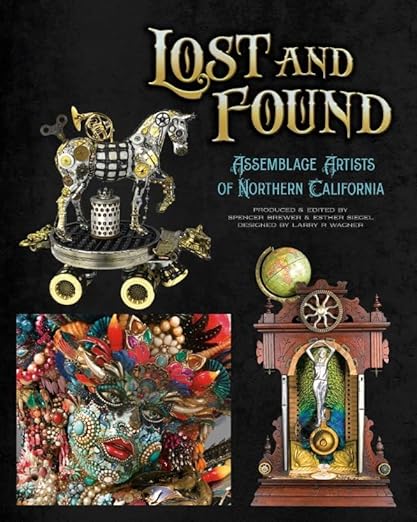
An ideal creative outlet
Imagine you’re down at the beach. You see driftwood worn smooth from the constant tumbling of the tides. Or you find unused objects in your home. Maybe old typewriters, broken musical instruments or parts of toys that the kids no longer use. You break them apart and compile them into something new altogether such as a sculpture or statue. Assemblage art blurs the boundaries between art and everyday life by incorporating real objects and materials from daily existence. By nature, this is a profound expression of creativity.
A world of inspiration
The preliminary, and very fun step too, is the creative pursuit: hunting for objects in the basement and attic, at yard sales, in the kitchen pantry and the great outdoors. The entire world suddenly becomes a pallet and source of inspiration.
Retirement can sometimes lead to a void in one’s daily creative pursuits. Assemblage sculptures offer a fresh avenue to explore and express one’s creativity. It allows retirees to reconnect with their creative and imaginative sides. Through art, retirees can embark on a new journey that may have been neglected during their working or raising a family years.
Everywhere you look, items seen as useless or ‘out of date’ beg to be found and re-purposed into unique pieces of art. Artists often select and combine scrappy materials—found, discarded, or natural objects—to challenge traditional notions of beauty and craftsmanship. The simple act of ‘discovery’ combined with re-imagining what it now could be, becomes an exciting way of living.
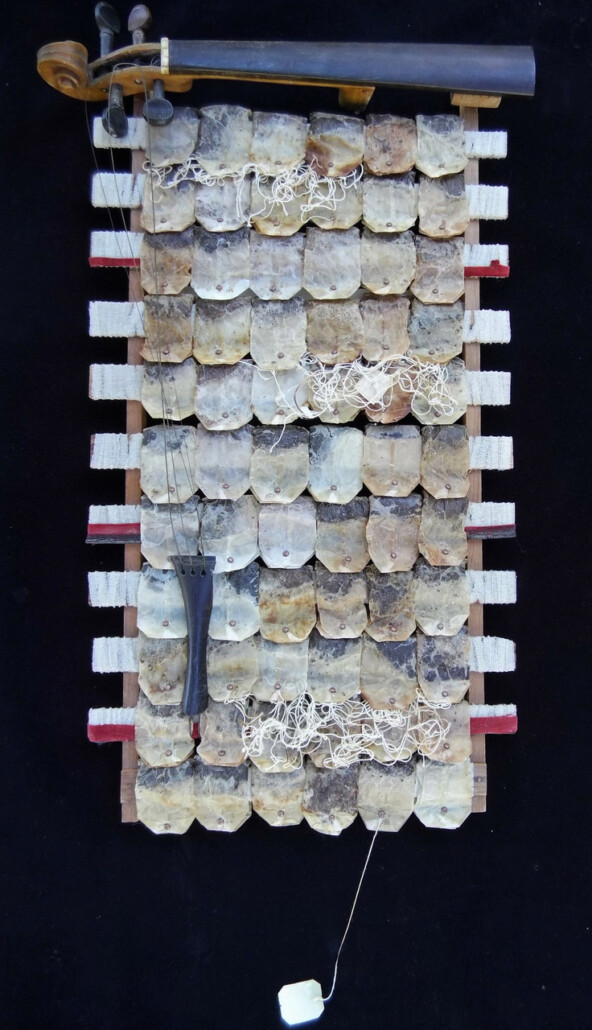
History and Evolution of Assemblage Art
Assemblage art boasts a fascinating and varied history, stretching across the 20th century and beyond. While the term “assemblage” was first coined in the 1950s, the roots of this art form reach back to the early days of modern art. Visionary artists like Pablo Picasso and Marcel Duchamp began experimenting with three-dimensional collages and sculptures, using everyday objects to challenge traditional ideas about what art could be. The Dada movement, born out of the chaos of World War I, saw artists such as Kurt Schwitters and Hannah Höch transform scavenged scrap materials into striking works that blurred the line between art and life.
As the decades progressed, assemblage art continued to evolve. In the 1950s and 1960s, American artists like Robert Rauschenberg and Jasper Johns became known for their innovative combinations of painting, sculpture, and found objects, creating pieces that were both visually compelling and conceptually rich. These artists helped establish assemblage as a key part of contemporary art, inspiring many assemblage artists to explore the possibilities of mixing disparate elements and materials.
Today, assemblage remains a dynamic and ever-changing art form. Contemporary artists such as Jeff Koons and Damien Hirst have pushed the boundaries even further, creating large-scale installations and sculptures from an array of found objects, from butterfly wings to industrial components. Whether working on an intimate scale or crafting monumental pieces, artists continue to find new ways to turn the ordinary into the extraordinary, proving that the art of assemblage is as relevant and exciting as ever.
Sparks awe, wonder and curiosity
Taking found objects and assembling them in unique ways that diverge from their original purpose is a never-ending source of discovery. Think ‘painting with objects’, which anyone can do, with no previous art training!
Who could have imagined that the face of that old grandfather clock you were about to get rid of could become the focal point of an intriguing statue? Or that you would see beads or okra pods as flourishes in a striking piece of wall art built into grandma’s wooden tray?
Through this continuous process of learning and discovery, retirees can immerse themselves in discovering new techniques, materials, and artistic inspirations. This ongoing learning not only keeps the mind active but also fosters a sense of accomplishment, whimsey, joy and growth.
Helps reduce waste with a junk into art aesthetic
Our environment is filled with discarded objects and waste clogging landfills and recycling centers, or simply scattering the landscape. How best to reduce waste is a constant source of debate, but rarely do we talk about how to repurpose it instead. Yet we should.
Surprisingly, making assemblage art offers a unique opportunity to do just that. Assemblage artists often use metal scraps to create sculptures and installations, giving new life to discarded materials and transforming waste into art. And the act of helping our environment by helping to reduce waste is fulfilling in and of itself.
Moreover, sifting through collected items often leads to decluttering and organization in our homes. This process not only clears physical space but can also symbolize a decluttering of the mind. Clearing the mind and physical space makes room for new ideas and perspectives in retirement. And it’s fun!
Builds connections with community
Engaging in this artform can also lead to meaningful connections with like-minded individuals in our communities. Throughout our own journey as assemblage artists, we have noticed a constant stream of interest. Family, friends, and even strangers enjoy the creative process and collecting the art.
In fact, we had so much interest that we started monthly ‘assemblage camps.’ In the sculpture barn, we enjoy assisting folks in learning about the art form and helping them along their creative path.
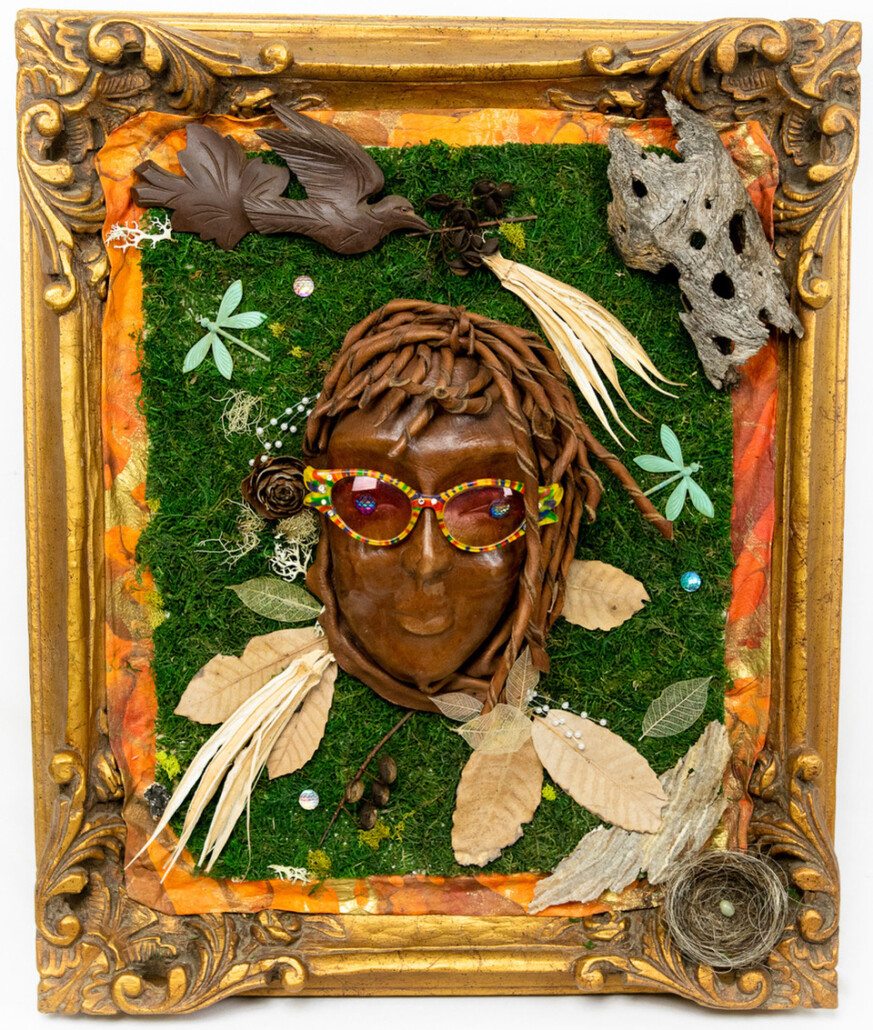
Regional Art Scenes: Assemblage Around the World
Assemblage art is truly a global phenomenon, with artists from every corner of the world bringing their own unique perspectives and materials to the medium. In New York, the mid-20th century saw a flourishing of assemblage, with iconic figures like Joseph Cornell and Louise Nevelson transforming found objects into poetic, dreamlike constructions. Cornell’s boxes, in particular, became a hallmark of the art form, inspiring generations of artists to explore the possibilities of intimate, three-dimensional storytelling.
On the West Coast, African American assemblage artists in Los Angeles, such as David Hammons and John Outterbridge, made powerful statements by using scavenged materials to address social and political themes. Their work not only expanded the visual language of assemblage but also highlighted the medium’s potential for activism and cultural commentary.
Across the Atlantic, European pioneers like Marcel Duchamp and Kurt Schwitters laid the groundwork for assemblage by incorporating everyday objects into their art, while in Asia, contemporary artists like Tokomo Takahashi and Song Dong have created large scale installations that blend traditional techniques with modern technologies. Major institutions such as the Guggenheim Museum have played a pivotal role in bringing assemblage art to a wider audience, with landmark exhibitions like “The Art of Assemblage” showcasing the creativity and diversity of artists from around the world.
No matter where it’s created, assemblage art reflects the unique character of its region, drawing on local materials, histories, and cultural influences. This global exchange of ideas and objects continues to enrich the art form, making it a vibrant part of the international art scene.
It’s an outlet for sharing stories
Consider every object has its unique story, often intertwined with the history of what it was used for and/or how it was created. Assemblage art often incorporates elements of real life, embedding authentic personal experiences and making the artwork more personal and relatable. People can find joy in sharing these stories with others, learning about an object, while fostering connections with viewers and adding a layer of narrative depth to their creations.
Assemblage art builds legacies
A finished sculpture can supply its creator with the gift of leaving behind a tangible legacy of their creativity and passion, not to mention the possible historic story behind it. These art pieces will be cherished by loved ones and serve as a testament to the richness of a well-lived life and retirement.
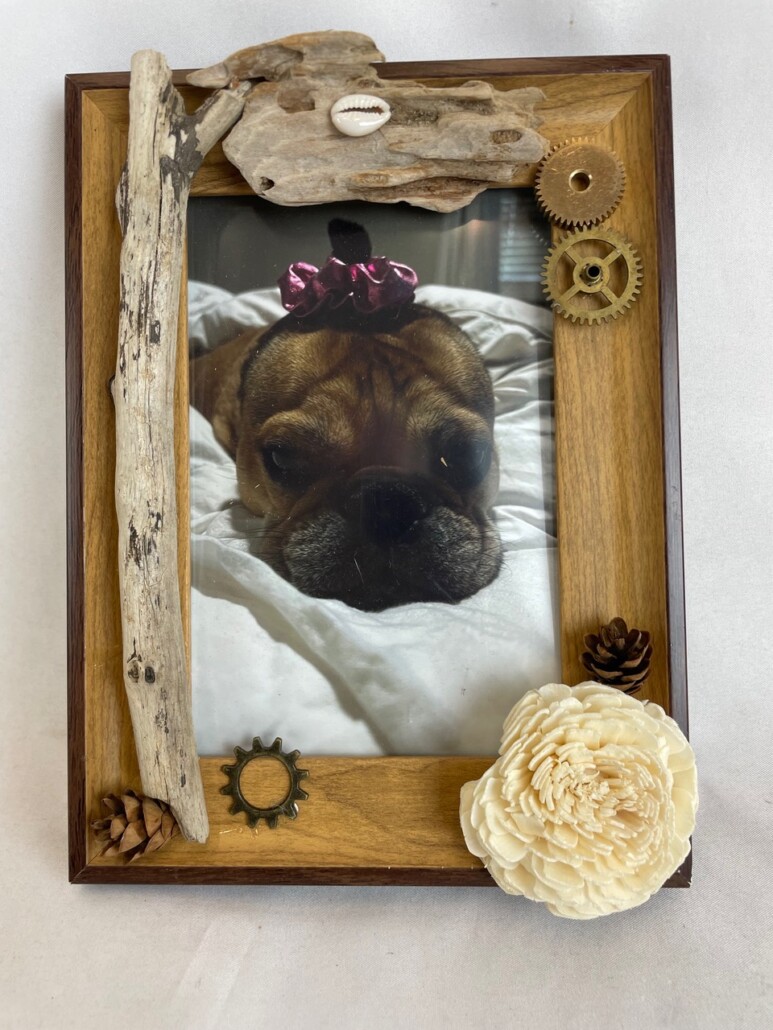
Wondering how to get started? Here are a few easy first steps.
Step 1: Hunt and Gather
Start with a scavenger hunt within your home. Find objects—old toys, dusty heirlooms, tools, broken jewelry, memories from bygone eras or items stored more than used. Lay out these items in neat rows, much like at a garage sale, to help you visualize potential combinations for your assemblage art.
Step 2: Discover Your Setting
Determine how your objects will come together into a finished piece. Should they fit within a picture frame, a box, or adhere to an unconventional surface? Consider experimenting with mixed media techniques by combining different materials and surfaces in your assemblage art. Allow creativity to flow freely during this stage. Literally think, ‘Outta the Box.’
Step 3: Bring it Together
Lay everything out so you can see them. Bounce ideas with your partner, friends or family members, arranging and rearranging the objects within their chosen setting. Each person’s unique approach to art will shape how they combine and assemble their chosen materials, leading to different creative outcomes. There is no ‘wrong way’ to do this. It is all discovery and playful fun. This task and then the creative assembling is a wonderful activity to do with grandchildren. Even grown children who are deep into the ‘business of life’ at this stage will enjoy it. Once satisfied with the assembly, take pictures to preserve the original vision before permanent attachment.
Step 4: Make it Permanent
Now take it apart and start attaching the objects closest to the backing. Using simple hand tools and glues allowing sufficient drying time before attaching the next level. Use appropriate adhesives based on surface materials, such as E6000 for versatility, wood glue for wood, and epoxy for challenging surfaces. Prioritize safety and patience throughout the process.
Assemblage art is for anyone
One of the best things about making assemblage art is that no prior experience or special instructions are needed—just a willingness to repurpose objects creatively and rediscover the joy of making something new. Many artists from various backgrounds and experiences have embraced assemblage art, making it a truly inclusive and diverse art form. This makes it even more perfect in the retirement years when we all are striving to de-clutter while striving to be creative and active.
Spencer Brewer
Spencer has been creating art and music since he was a young boy. For most of his adult life he was in the music business, recording and producing hundreds of records while working as a technician on over 20,000 pianos, crank phonographs and pump organs. Collecting and working on pianos, he eventually found himself creating assemblage art before he knew what it was called. When the music industry collapsed in 2008, he shifted his focus to assemblage art full time.
Esther Siegel
Esther Siegel is a psychotherapist by training who has worked in the field of book art, been active in the scrapbooking world, and created both greeting cards and ‘found art’ sculptures. A late-in-life artist, she creates pieces that are a mixture of the whimsical and dark humor. They include Book-Mobiles & Book Art, Twisted Toasters (vintage toasters as the base), Horse People (horse/doll combo), fun repurposed sculptures, small lamps and Altered Barbies.
Brewer and Siegel are the co-authors of Lost and Found: Assemblage Artists of Northern California. A portion of proceeds from the book will be used to help internationally-acclaimed assemblage artist Larry Fuente, who lost his 8,000-square-foot warehouse of finished pieces and art supplies to a devastating California wildfire.
Conclusion
Assemblage art stands as a testament to the endless creativity and resourcefulness of artists throughout history. From its early days in the Dada movement to its prominent place in contemporary art, assemblage has continually challenged and expanded the boundaries of modern art. Its ability to transform everyday objects and scavenged materials into works of beauty and meaning has inspired countless artists, art critics, and enthusiasts alike.
For those eager to dive deeper into the world of assemblage, there are abundant resources to explore. Art history textbooks and museum exhibitions offer valuable insights into the evolution of the art form, while institutions like the Museum of Modern Art (MoMA) and the Guggenheim Museum house extensive collections of assemblage art. Their websites provide a wealth of images, artist profiles, and educational materials for anyone interested in learning more.
Many contemporary artists also share their assemblages and creative processes online, making it easier than ever to connect with this dynamic medium. Whether you’re looking to create your own assemblage, study the works of pioneering artists, or simply appreciate the ingenuity of turning junk into art, there’s a place for you in the ever-expanding world of assemblage art.
If you enjoyed this story, please subscribe to my email list. I’ll share my stories and exclusive content with you.

Are you seeking community in retirement? Come find your supportive community of like-minded women!
Join these private Facebook groups:



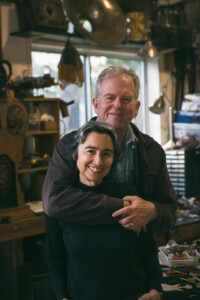
+ show Comments
- Hide Comments
add a comment